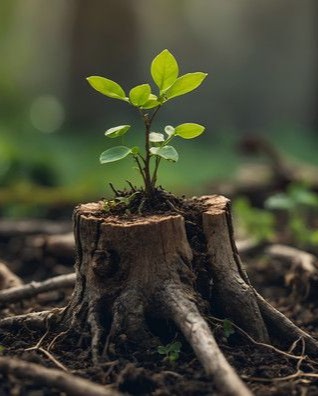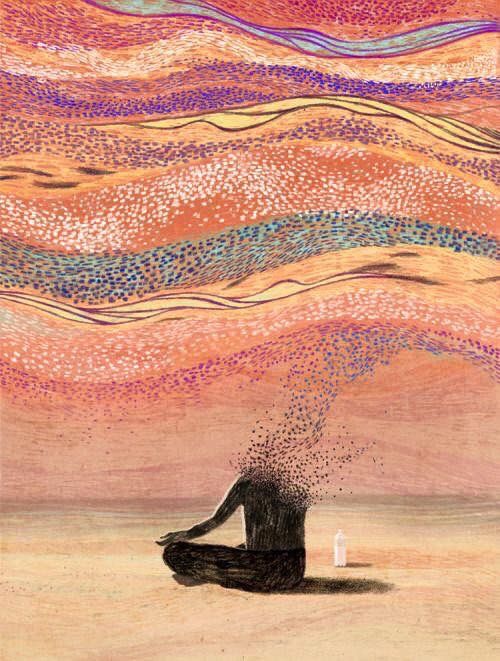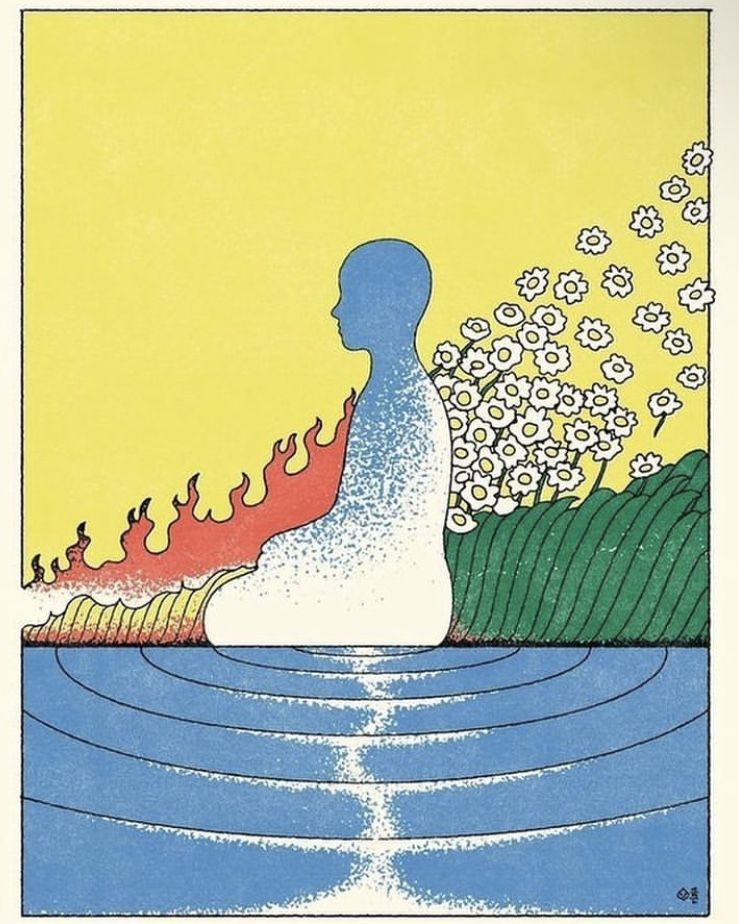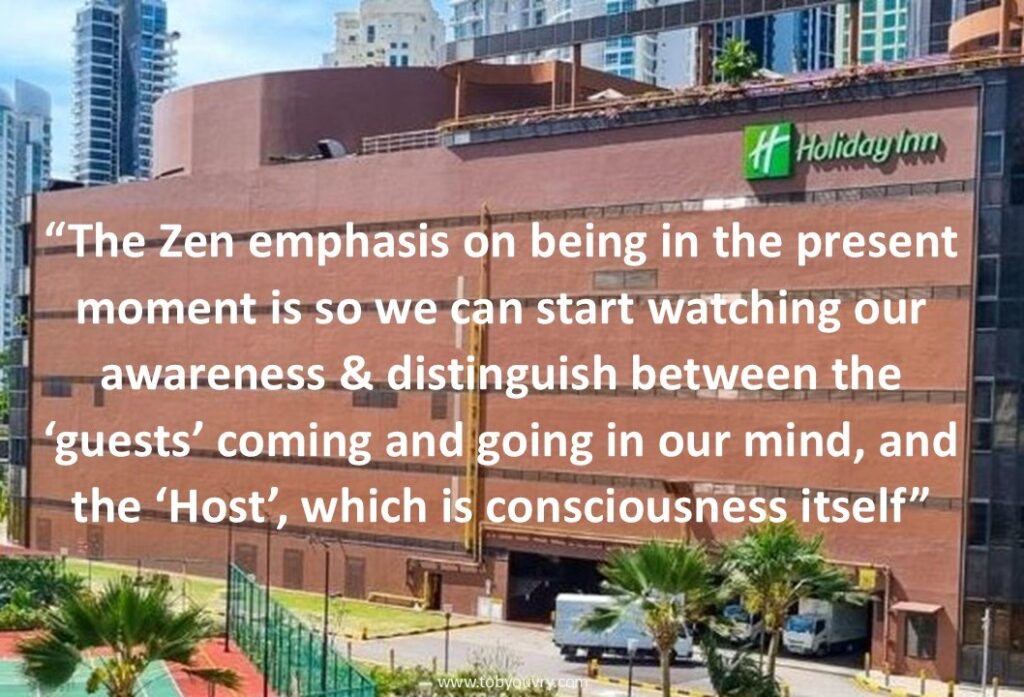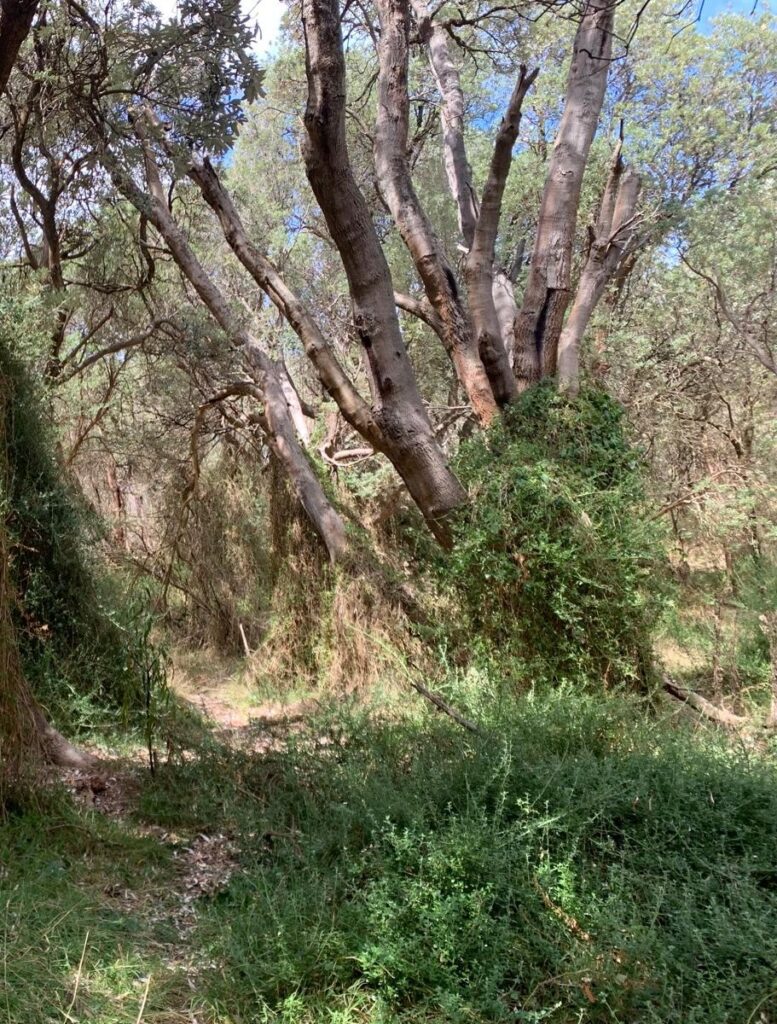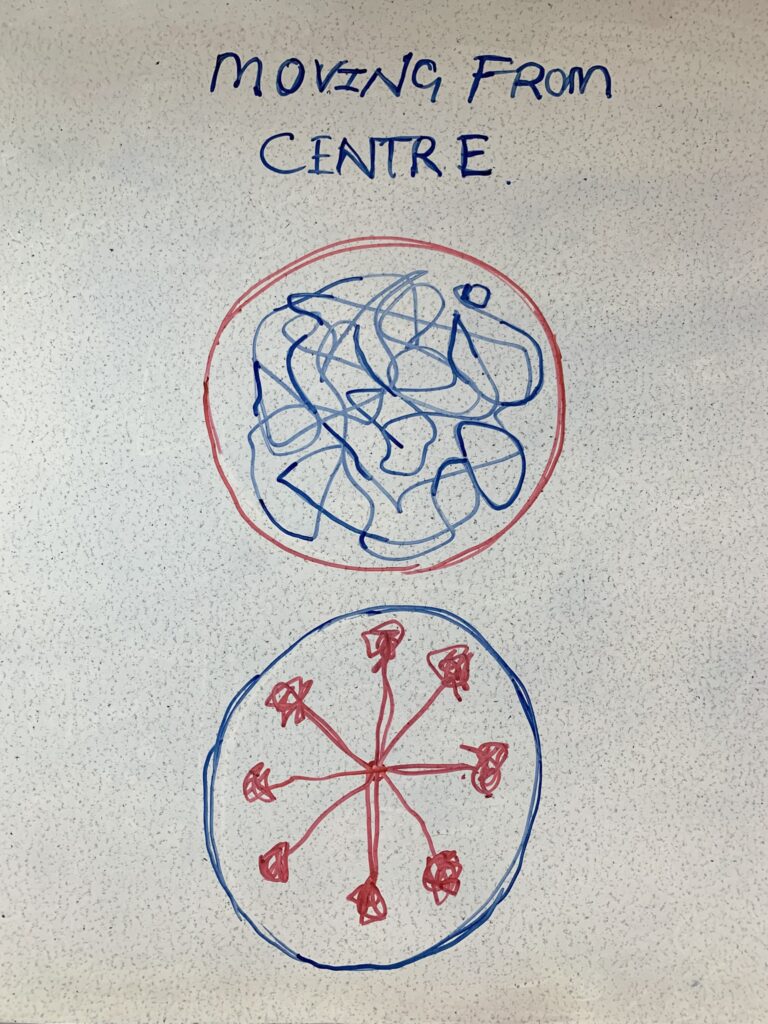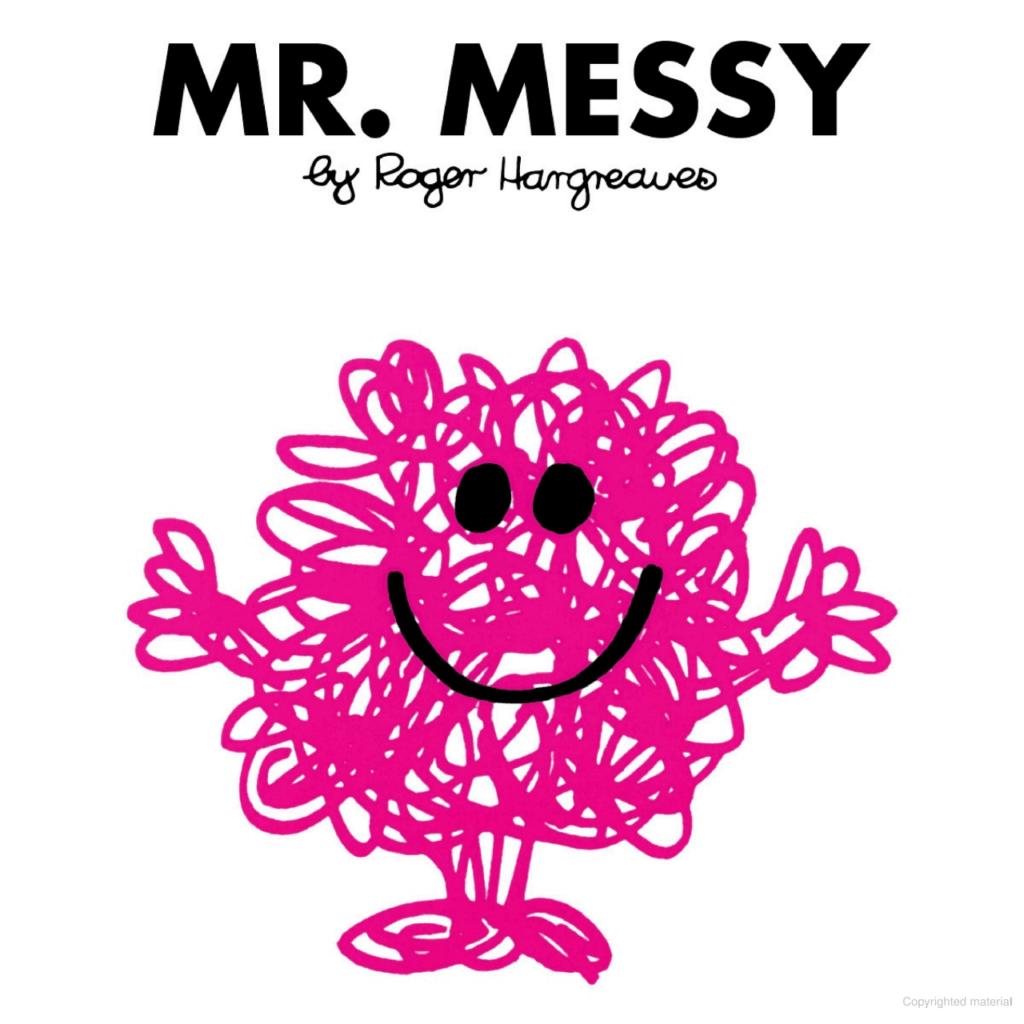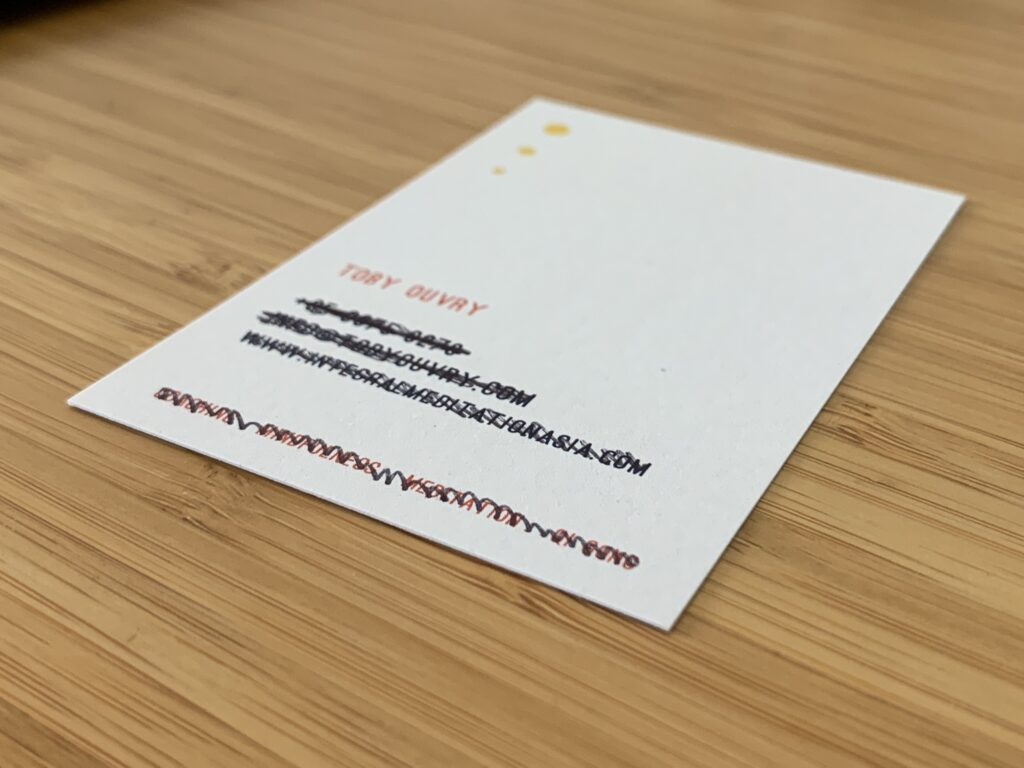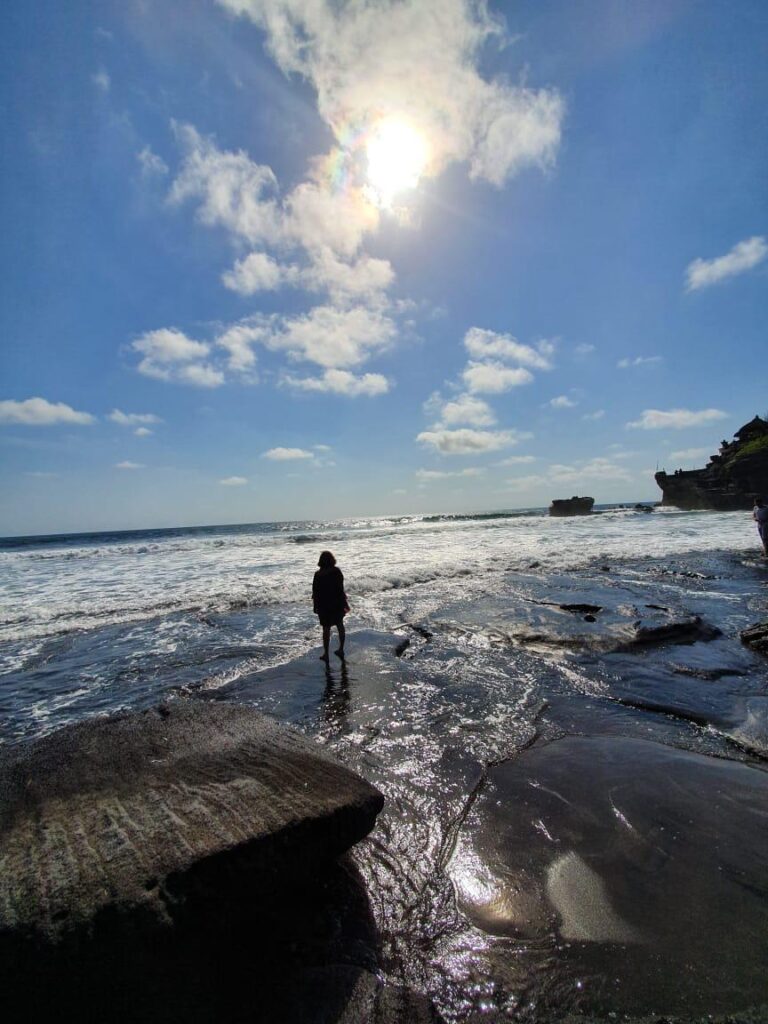“Once you know how to breathe in squares and triangles, you can create your own mindful flow practices to build the qualities & capacities that you wish”

Dear Toby,
This week’s article looks at a practice I have evolved over the years, designed to enable creativity within a basic, consistent structure. Enjoy!
Last call for this Saturday 22nd Nov, 9am-12.30pm – Meditations for Developing the Language of Your Shadow Self Workshop
In the spirit of building strength,
Toby
Squares and triangles – Mindful strengths building
Square and triangular breathing, the basic concepts
Square and triangular breathing are methods where you combine your inhalation and exhalation with short pauses. The practice of pausing your breath in itself offers benefits such as:
- calming the nervous system, improving focus, and enhancing emotional regulation
- increasing the amount of carbon dioxide in the blood, which reduces the excitability of the amygdala (the brain’s fear center) and promotes a sense of calm
- greater control over the breathing process, which can lead to increased mental clarity, resilience, and better decision-making
Square breathing is where we place a short pause both at the top and the bottom of the breath. A well-known form of this is called box-breathing where you breathe in, pause, breathe out and pause at the bottom of the exhalation, each for a count of four, hence ‘breathing in a box’, or square.
With triangular breathing there is just one pause, at the bottom of the breath, hence three stages or ‘sides’ like a triangle.
To use these breathing forms for strengths building, we simply combine the breathing with qualities, or states of mind to build them as we breathe. For example in my Wednesday class last week we began by practising breathing in a square in the following manner to cultivate mindful flow and presence:
- Breathing in, gathering and focusing our energy in our body
- Pause, being focused and present
- Breathing out, relaxing our body, relaxing into the present moment
- Pause, holding a state of relaxed presence
We practiced with sets of three square breaths like this, with pauses in between just to enjoy the sense of being in state of focused, relaxed presence. Focused, relaxed presence are foundational strengths for building competence in meditation and mindfulness. In this practice we used square breathing to build these strengths systematically.
In the Saturday class last week, we opened with a triangular breathing form, where:
- As we breathed in, we opened to a state of adventurousness
- Breathing out, dropping into a state of calm
- Pausing at the bottom of the breath, relaxing in a state of calm adventurousness
Adventurousness and calm are qualities we can use to meet our challenges and opportunities in such a way that we enjoy them where possible, and also navigate them with calm strength. The triangular breathing provides a structure to cultivate these qualities deliberately in a structured way.
Once you know how to breathe in squares and triangles, you can create your own mindful flow practices to build the qualities and capacities that you wish to develop in our life and work. I like to combine qualities together into polarities that balance and complement each other. From the above examples you can see:
- Relaxed and focused
- Adventurous calm
There are many, many variations that I have used over the years:
- Engaged detachment
- Humble self-assertion
- Gentle courage
- Serious lightness
And so on…
The great thing about meditating with squares and triangles is that you have one technique, with many variations. So, you can create variety and stimulation in your practice, whilst at the same time keeping it basically consistent and ‘the same’.
Related reading:
Using mindful flow to train in strengths-building
Adventuring with attention (What is a Meditator?)
Meditation wings – Five foundational meditation polarities
© Toby Ouvry 2025, you are welcome to use or share this article, but please cite Toby as the source and include reference to his website www.tobyouvry.com
Upcoming classes & workshops
Ongoing on Tuesday’s & Wednesday’s (live & online), 7.30-8.30pm – Weekly integral meditation classes
Starts Tuesday 11th & 12th November, 7.30-8.30pm – Going beyond your limitations, tapping into your hidden strengths – Meditating with your bright shadow, a 6-week course
Starts Saturday 15th November, 5.30-6.15pm SG time – Bright shadow meditation Deep-dive – A 5 session practice series
21 Nov & 28th Nov, 8am-12pm – The wisdom of Zen meditation practice retreat & course, levels 1&2
Saturday 22nd November, 9am-12.30pm – Meditations for Developing the Language of Your Shadow Self Workshop
Saturday 29th November, 7-9pm – Living Life From Your Inner Center – Meditations for Going With the Flow of the Present Moment
Saturday 13th December, 9am-12.30pm – Psychic & Psychological Self-defence half day workshop
Follow Toby on: LinkedIn, YouTube, Instagram
Integral Meditation Asia
Online Courses * 1:1 Coaching * Books * Live Workshops * Corporate Mindfulness Training *Life-Coaching * Meditation Technology
